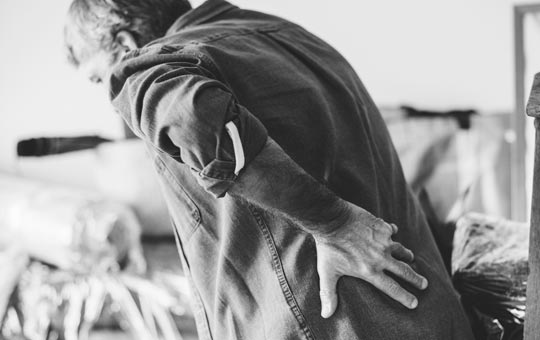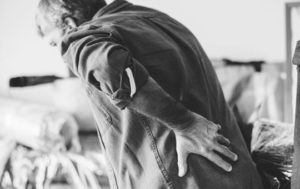
Trunk muscles and low back pain
Low back pain is a very common injury that will affect us all at some point in our life. 90% percent of low back pain cases will resolve in less than 6 weeks but some cases can be more complication. Long term pain causes changes in our bodies at both the muscular and neurological level. Our brain perceives stimulus’ different and this generally results in a stimulus that wouldn’t ordinarily cause pain to become painful. Pain is a very complex topic. How we perceive pain varies across cultures, ages, and our past experiences. In cases of chronic low back pain, we have an influx of stimulus that causes pain. The brain changes our muscles activation patterns and this can contribute to more pain. Here we talk about the trunk muscles role in the presence of low back pain.
Reaction time
Our trunk muscles play a role in total body stability. If we have a well-functioning core, we can move efficiently and correctly. The trunk muscles will be one of the first muscles to activate we move or have to deal with a perturbation. They are able to activate in prior to the other muscles in order to provide us with the stability we need to complete the task. In patients with low back pain. The reaction time for the trunk muscles to turn on is slower compared to healthy subjects. This also pre-disposes us to more harm as we are not adequately prepared to take on the force.
Muscle strength
Trunk muscle strength has been associated with low back pain. weakness in the trunk muscles can be a cause and/or a result of low back pain. We need a strong trunk in order to perform functional tasks everyday. If our trunk is lacking strength the body may rely on other areas of the body to produce the force or stability we need. This can put extra stress through our lower back and cause pain as a result. It’s important that patients with low back pain start a trunk strength program to take some of the pressure off the back during functional tasks. Patients with low back pain also need to perform motor control training of the trunk muscles. This motor control training along with strength training can go a long way in resolving any issues we have as well as improving our posture.
What to do?
If you’ve got low back pain and are wanting treatment you should book in to see a physiotherapist to discuss exercise physiology. They will be able to assess your signs and symptoms and make a detailed plan for you. Most programs will involve an element of trunk strength work. This will aim to keep your trunk muscles activating how they should and taking the pressure off of the lower back. If you would like to see a physiotherapist, you can book online or call 07 3352 5116.

Updated 22/12/2022


